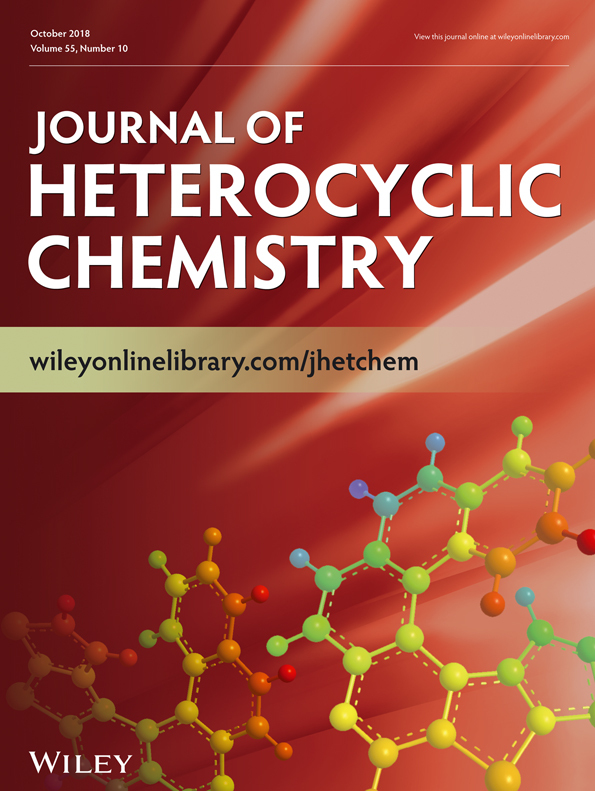Novel Bridgehead Thiadiazolopyrimidine Derivatives with Antimicrobial and Antitumor Activities
Abstract
Because of the remarkable pharmacodynamics and chemotherapeutics activities of thiadiazolopyrimidines, a new series of 1,3,4-thiadiazolo[3,2-a] pyrimidine derivatives have been synthesized by reacting 5-substituted-2-aminothiadiazoles 1a,b with different reagents: active methylenic compounds, benzaldehyde under different conditions, isatin, and cyclic ketones. The structures of the novel compounds have been inferred by spectroscopic methods (infrared, 1H-NMR, 13C-NMR, and mass spectrometry) and elemental analyses. The newly synthesized compounds were screened against four bacterial strains (Staphylococcus aureus and Listeria monocytogenes as Gram positive and Pseudomonas aeruginosa and Salmonella typhimurium as Gram negative) and two fungi (Aspergillus niger and Candida albicans) using agar diffusion assay. Most of the compounds showed activity against the tested microorganisms with different extents. The in vitro anticancer activities of these compounds were assessed against four human tumor cell lines; they were found to exhibit different cytotoxic effects. Such results mean that these derivatives can be further utilized as promising anticancer agents.
Conflict of Interest
The authors declare that they have no conflict of interest.




